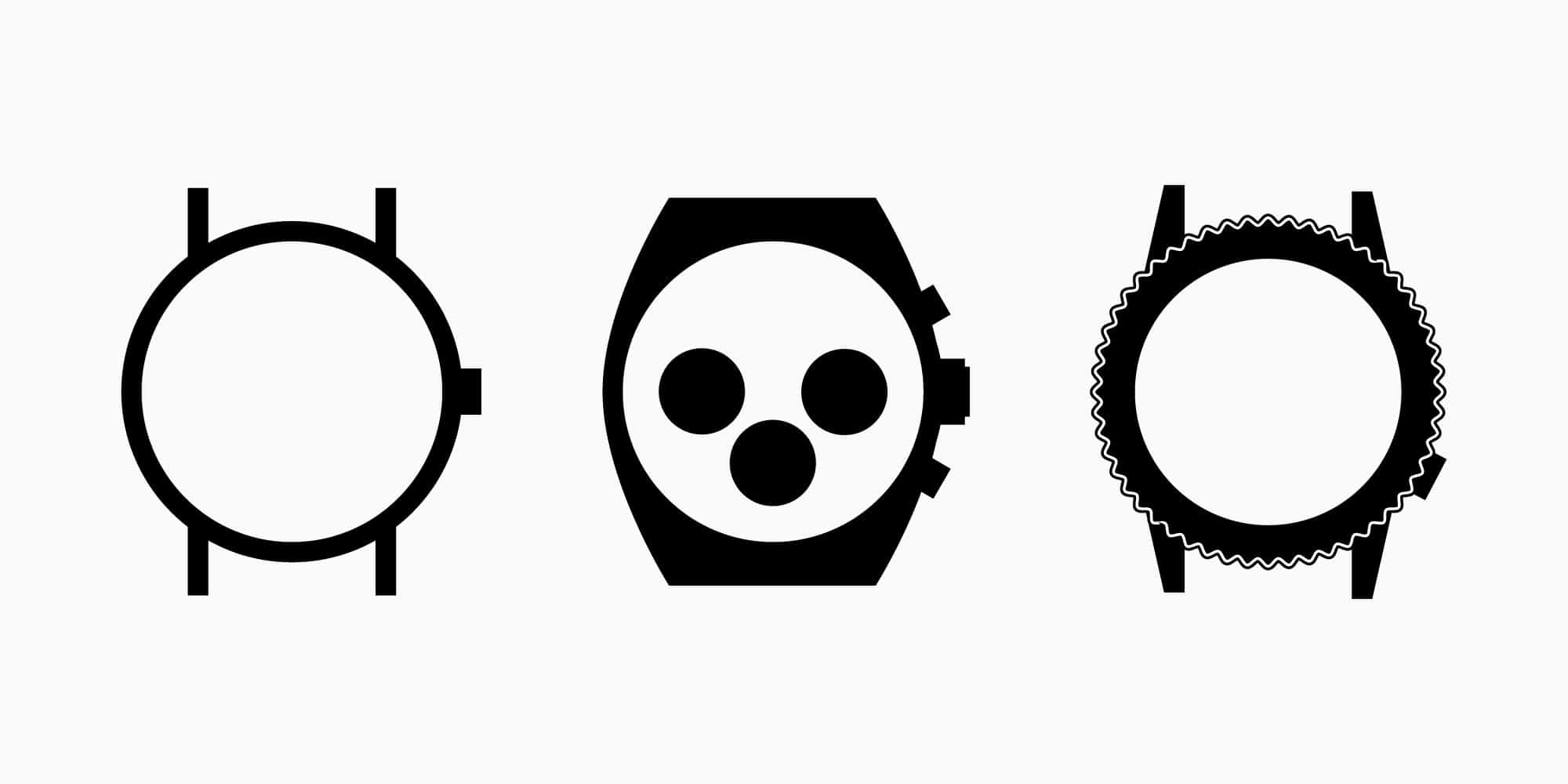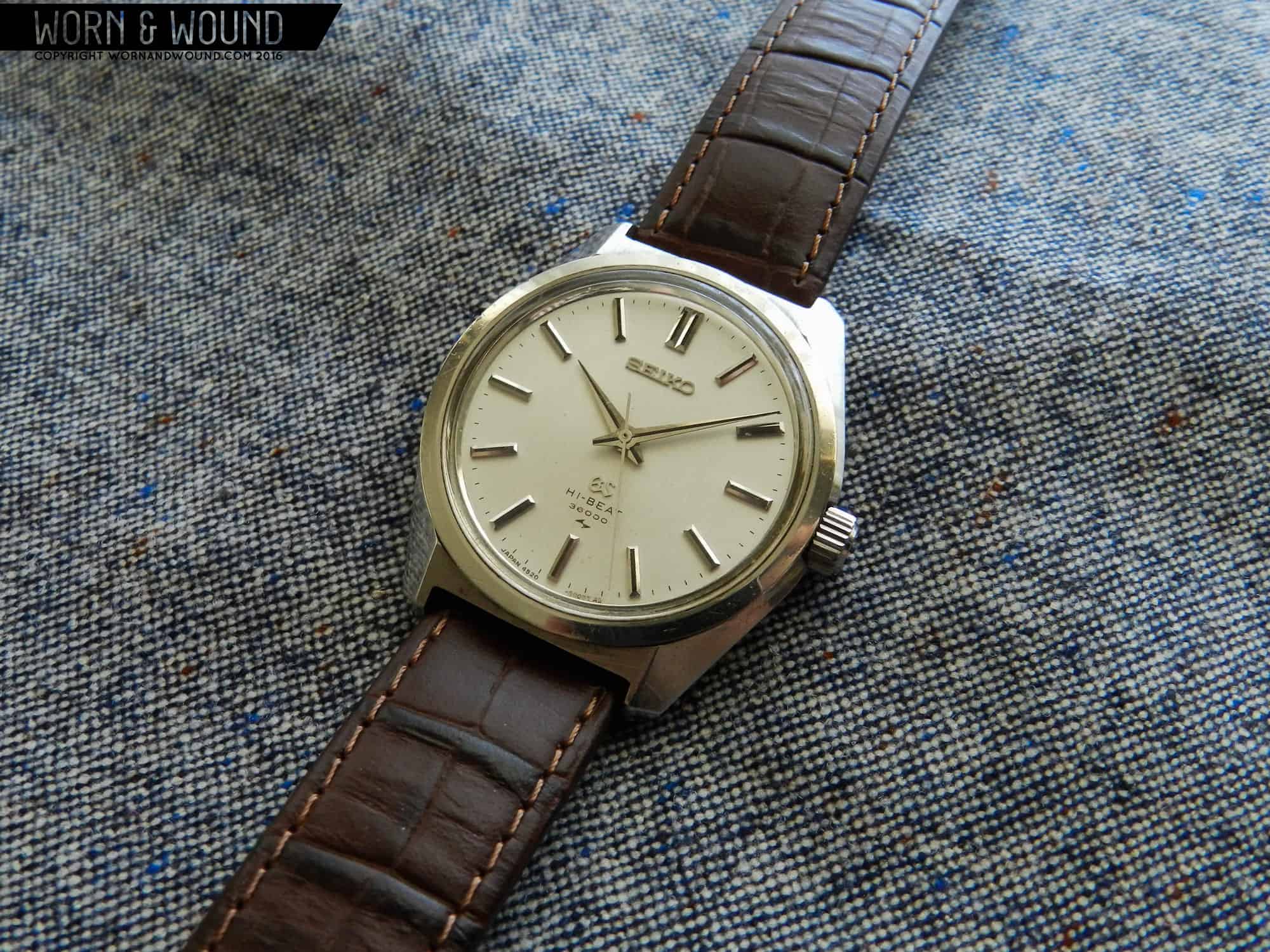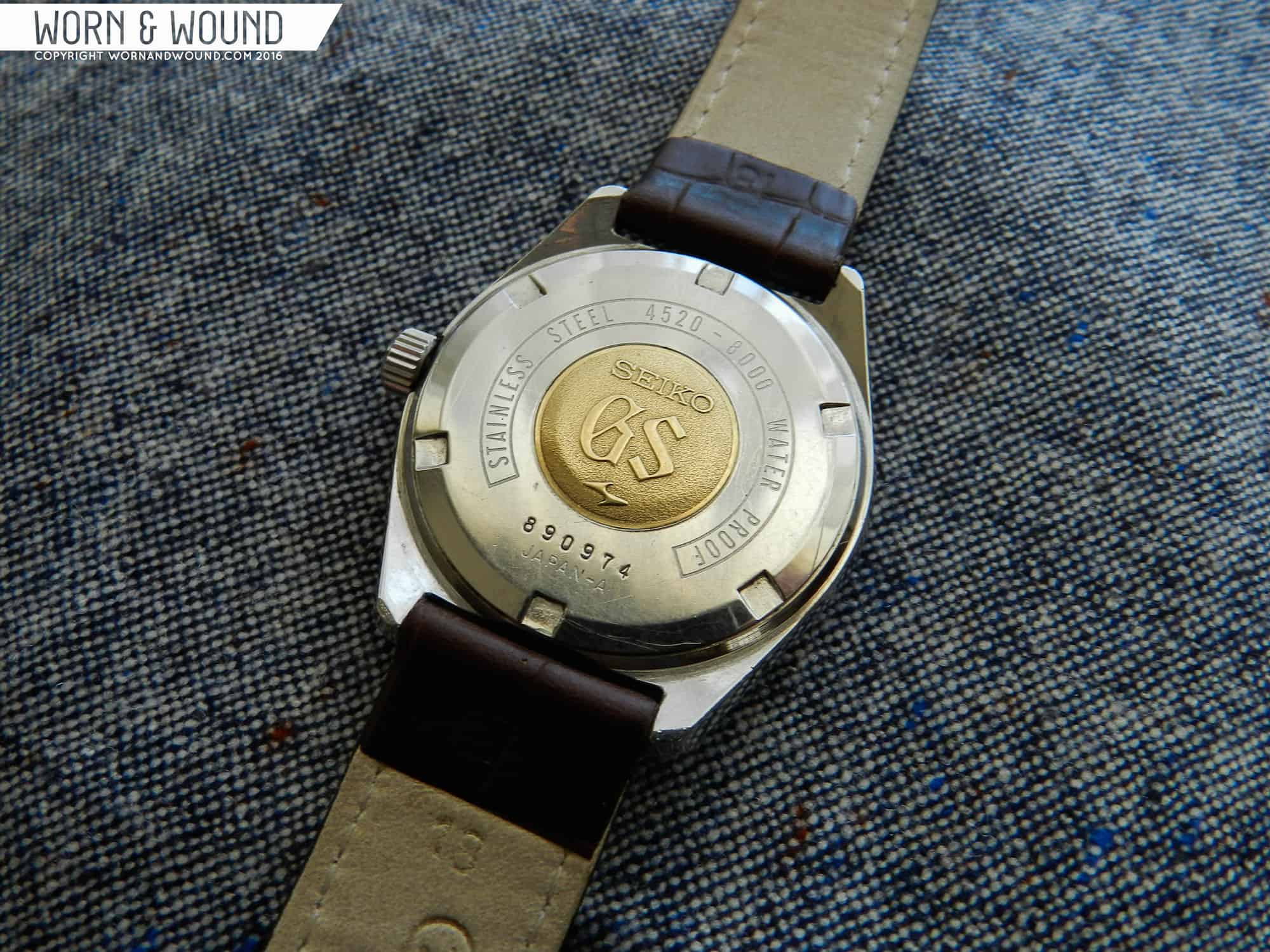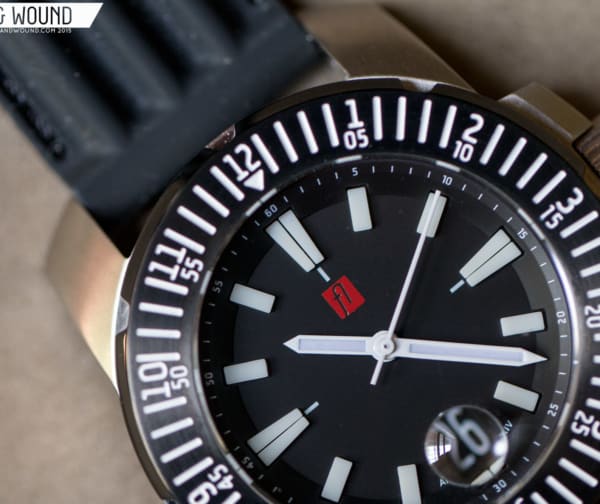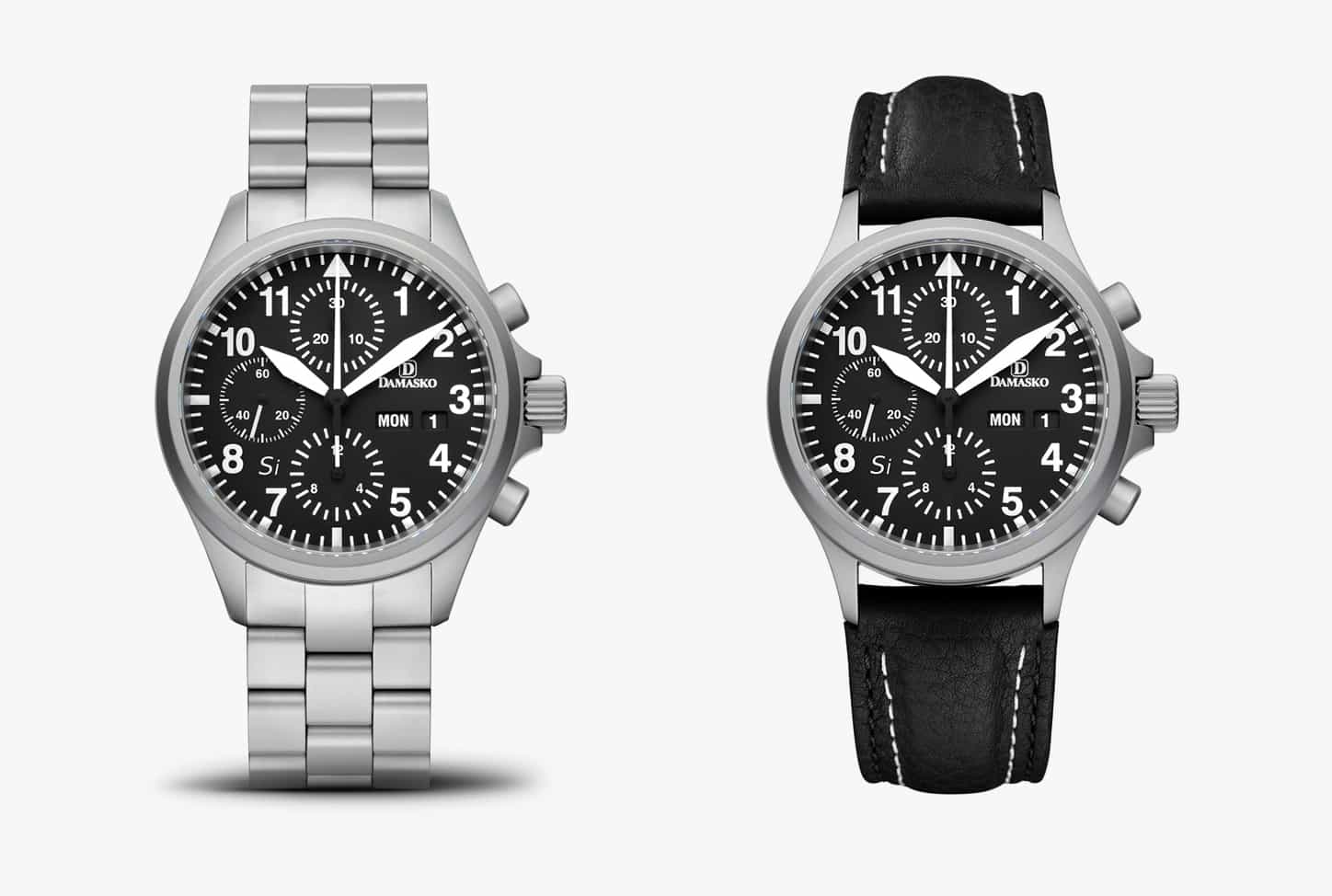A few weeks back, we kicked off a series with the following prompt: if you had $5,000 to build a well-rounded, three-watch collection, what watches would you choose?
First, let us explain the parameters. We chose $5,000 as the cap for the simple reason that $5,000 is generally regarded as a point of entry into luxury. So rather than drop all that coin on a single watch, we thought it’d be interesting to see how our team plays around with that number. Furthermore, the choices aren’t limited to specific categories of watches. Our contributors can choose watches they’d like based on their needs and personal preferences. Finally, for the sake of consistency, all watches currently being produced have to be valued at their MSRP. Vintage or recently retired models should be based on the average market rate.
Our Managing Editor Ilya offered his three first. Today, we’re tapping our contributor from across the pond, Mark McArthur-Christie, for his picks.
On my side of the pond, thanks to the recent unpleasantness, the days of $2 to the £1 are long gone. That means the notional $5,000 I’ve been handed is worth a decent £4,000 today. So, as worn&wound’s UK correspondent, here’s what I’d snaffle with my virtual watch buying funds.









 Featured Videos
Featured Videos




